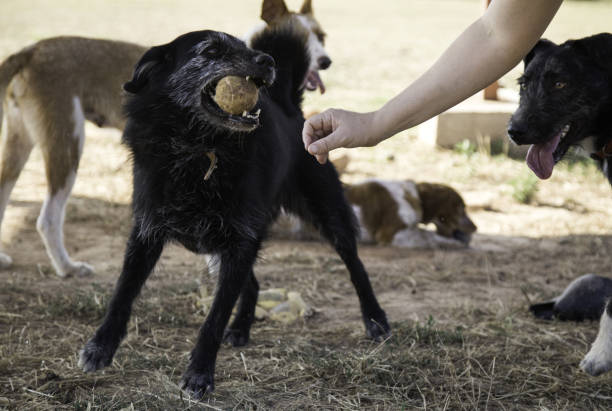When faced with a dog bite case, navigating the legal intricacies to prove liability requires a strategic approach. Understanding the nuances of the dog owner’s legal responsibility and how negligence factors into the equation is essential. However, a crucial element can make or break your case, involving a deeper examination of the evidence. Stay tuned to uncover the key strategies for proving liability in a dog bite case that can significantly impact the outcome of your legal pursuit.
Dog Owner’s Legal Responsibility
To determine liability in a dog bite case, it is crucial to understand the dog owner’s legal responsibility. As a dog owner, you are typically liable for any injuries or damages caused by your dog biting someone. This responsibility holds whether or not you were aware of your dog’s aggressive tendencies. In legal terms, this is known as strict liability. If your dog bites someone, you are responsible for the consequences.
However, there are exceptions to this rule. For instance, if the person bitten was trespassing on your property or provoking the dog, you may not be liable for their injuries. It’s important to note that each state has laws regarding dog bites, so it’s essential to familiarize yourself with the specific regulations in your area.
Establishing Negligence
Proving negligence in a dog bite case requires demonstrating that the dog owner failed to exercise reasonable care in preventing the incident. Negligence can be established by showing that the owner knew or should have known that their dog had a propensity for aggression yet failed to take adequate precautions to prevent harm.
Common signs of negligence include allowing the dog to roam freely in an area that could harm others, not properly securing the dog on a leash or in a fenced area, or ignoring warning signs of aggressive behavior. Additionally, neglecting to train or socialize the dog properly can also be considered negligent behavior by the owner.
When pursuing a dog bite case based on negligence, it is essential to gather evidence such as witness statements, medical records, and any previous incidents involving the dog. This evidence will help strengthen your case and establish the dog owner’s liability for the injuries caused by their pet’s actions.
Gathering Evidence and Documentation
Gathering evidence and documentation is crucial in building a solid case for proving liability in a dog bite incident. To start, make sure to document the details of the incident, including the date, time, and location. Take photographs of your injuries, the scene where the bite occurred, and the dog involved. Obtain contact information from any witnesses who saw the attack happen. Medical records are also essential, so keep all documents related to your treatment and expenses.
Additionally, gathering information about the dog and its owner is essential. Get the dog owner’s name, address, and insurance details. Find out if the dog has a history of aggressive behavior or previous attacks. Contact animal control to see if any past complaints have been filed against the dog.

Leave a Reply